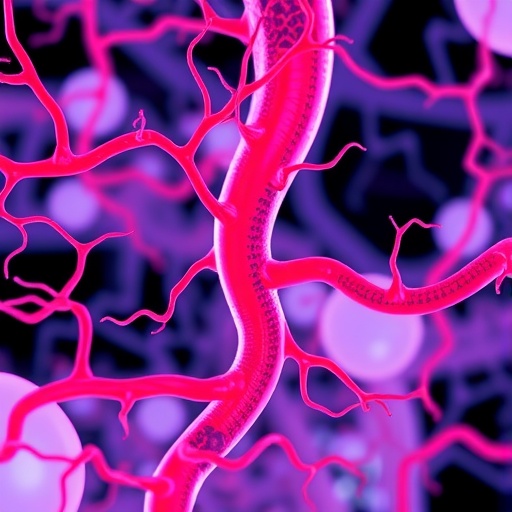A questionnaire of older men and women suffering from chronic pain who were given medical marijuana found that the drug significantly reduced pain and their need for opioid painkillers, Northwell Health researchers report.
The results of the study, "Older Adults' Use of Medical Marijuana for Chronic Pain: A Multisite Community-Based Survey," are scheduled to be presented May 3, 2018 at the annual meeting of the American Geriatrics Society in Orlando, FL.
To gauge how effective medical marijuana was at managing chronic pain and reducing opioid use, researchers surveyed 138 medical marijuana users with an anonymous 20-question survey focusing on how often they used the marijuana, in what form they took it, how much it reduced pain and whether or not they were able to cut back their use of other painkillers.
When patients were asked if they were able to curb their use of other painkillers after starting medical marijuana, 18 percent reported decreasing their use "moderately," 20 percent "extremely" and 27 percent "completely." An overwhelming number of subjects (91 percent) would recommend medical marijuana to others.
Comments from patients tell the tale:
"My quality of life has increased considerably since starting medical marijuana," one patient said. "I was on opiates for 15 years, and 6 months on marijuana, and off both completely."
Another patient said: "It [medical marijuana] is extremely effective and has allowed me to function in my work and life again. It has not completely taken away the pain, but allows me to manage it."
"I was on Percocet and replaced it with medical marijuana. Thank you, thank you, thank you," said another.
These patients had been living with chronic pain from osteoarthritis, spinal stenosis, hips and knees that could not be replaced, and pain not relieved by steroid injections, said Diana Martins-Welch, MD, a co-author of the study and physician in the Division of Geriatric and Palliative Medicine, Department of Medicine at Northwell Health.
Based on these results, she believes that medical marijuana could be effective in curbing the opioid epidemic now ravaging the United States. "What I'm seeing in my practice, and what I'm hearing from other providers who are participating in medical marijuana programs, is that their patients are using less opioids," said Martins-Welch. "I've even gotten some patients completely off opioids."
As effective as medical marijuana can be, it's not widely available or prescribed, Martins-Welch said. Plus, people have to jump through many hoops just to get certified to receive it, she said.
Martins-Welch believes medical marijuana should be more widely available and easier to get. Medical marijuana is legal in only 30 states, she said. In addition, because marijuana is federally illegal, it's expensive and not covered by insurance, putting it beyond the reach of many patients who could benefit from it, she said.
Medical marijuana can cost on average $300 for a one-month supply, Martins-Welch said. "And it's a cash-only business."
"Even the process you have to go through to get certified is expensive," she said.
Martins-Welch and colleagues surveyed men and women between the ages 61 to 70 about their use of medical marijuana. Patients responded to 20 questions about their marijuana use. The researchers found that most patients, 45 percent, used vaporized oil, while 28 percent used pills and 17 percent used marijuana-laced oil. Twenty-one percent used marijuana once a day, 23 percent used it twice daily, and 39 percent used marijuana more than twice a day.
Using marijuana in these forms dramatically reduces its mind-altering effect, Martins-Welch said.
In most cases, a doctor recommended medical marijuana (46 percent) followed by a family member or friend (24 percent) or another health care provider (6 percent), while others did not specify who recommended it (24 percent).
When asked how pain levels changed before and one month after starting marijuana, most patients reported that average pain scores dropped from 9.0 on a scale of 0-10 to a more moderate pain threshold of 5.6.
However, older patients reported a reduction in the use of other painkillers less often than younger patients (64 percent versus 93 percent), the researchers found. Older patients also recommended medical marijuana less often than younger ones (86 percent versus 100 percent respectively).
When patients were quizzed about whether side effects of medications impacted their daily activities, the average score went from 6.9 before starting medical marijuana to 3.5 a month after using the drug.
###
To review the questions on the survey, see: https://redcap.northwell.edu/surveys/?s=PC9K3AEREP
Media Contact
Betty Olt
[email protected]
51-632-167-095-162-361-67
@NorthShoreLIJ
https://www.northwell.edu/




